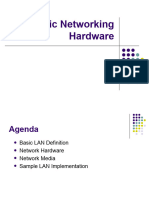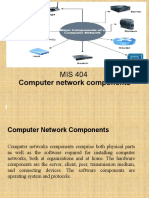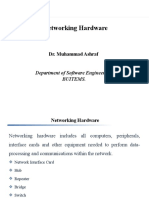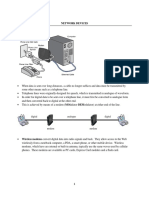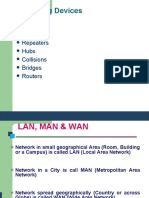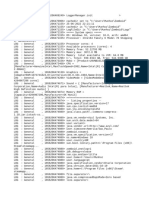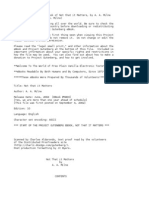0% found this document useful (0 votes)
52 views60 pages06 - Computer Network (Part I)
This document discusses various networking devices and their functions. It describes repeaters, bridges, hubs, switches, routers, and gateways. Repeaters amplify signals to expand network coverage. Bridges divide networks into segments to reduce collisions. Hubs broadcast data to all ports while switches learn MAC addresses to send data only where needed. Routers use IP addresses to direct packets between networks. Gateways connect different network types by converting protocols.
Uploaded by
Nur Nadhirah Nur NadhirahCopyright
© © All Rights Reserved
We take content rights seriously. If you suspect this is your content, claim it here.
Available Formats
Download as PDF, TXT or read online on Scribd
0% found this document useful (0 votes)
52 views60 pages06 - Computer Network (Part I)
This document discusses various networking devices and their functions. It describes repeaters, bridges, hubs, switches, routers, and gateways. Repeaters amplify signals to expand network coverage. Bridges divide networks into segments to reduce collisions. Hubs broadcast data to all ports while switches learn MAC addresses to send data only where needed. Routers use IP addresses to direct packets between networks. Gateways connect different network types by converting protocols.
Uploaded by
Nur Nadhirah Nur NadhirahCopyright
© © All Rights Reserved
We take content rights seriously. If you suspect this is your content, claim it here.
Available Formats
Download as PDF, TXT or read online on Scribd
/ 60



